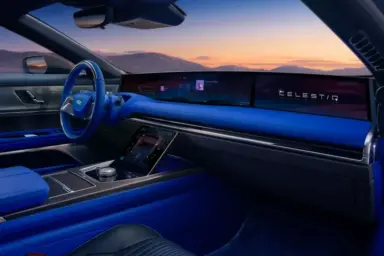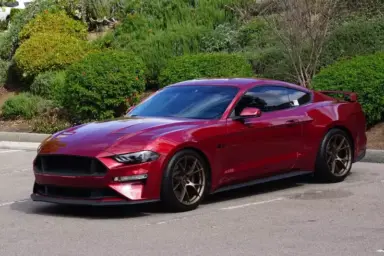Picture this: You’re in the sun-soaked state of Florida, or maybe it’s the sweltering expanses of Texas, or the sultry bayous of Louisiana, or even the tropically warm Hawaii.
The sun is high, the day hot, and your shirt sticks to your back like a second skin as you slide into your car. That sensation of a car interior turned oven is familiar, isn’t it? Well, believe it or not, the color of your chariot plays a significant role in how much you will sweat on your drive home.
You see, car color is about more than aesthetics or making a statement on the road, far from it. It has everything to do with the science of heat absorption and reflection, affecting the temperature of your car’s interior, sometimes dramatically. Consequently, your car’s hue might differ between feeling mildly uncomfortable or miserably roasted during your commute.
In this article, I will take you on a fascinating journey of color and climate. I’ll explore, dissect, and scrutinize the spectrum of car colors to identify which ones are the most forgiving in regions where the sun rules supreme.
So, buckle up as I navigate the intriguing realm of the best car colors for scorching climates.
Table of Contents
Understanding Heat Absorption and Reflection in Cars
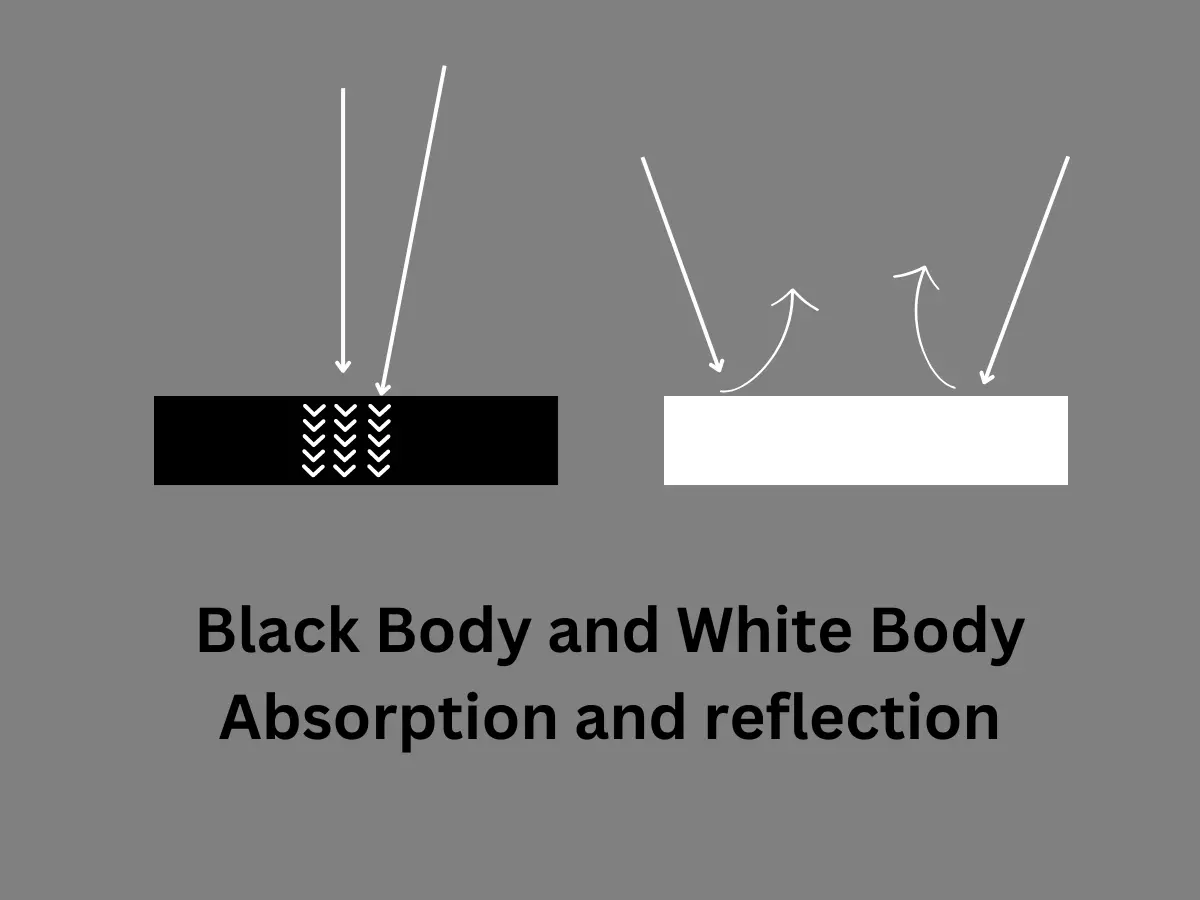
Understanding the interplay of heat, light, and color is a bit like stepping into a high school science class, but it’s far from dry textbook stuff; it’s actually pretty fascinating.
Different colors respond differently to light. It’s all about how they absorb or reflect it. What does this mean for your car? Quite a bit, as it turns out.
Colors on the darker end of the spectrum (blacks, deep blues, dark grays) absorb more light and, consequently, more heat. This phenomenon isn’t limited to cars; it’s a universal principle.
Ever worn a black T-shirt on a sunny day? You’ll have felt the truth of this principle quite keenly. This absorption means that darker cars soak up sunlight like a sponge, turning your vehicle into a mobile sauna under the summer sun.
On the flip side, lighter colors (whites, light grays, pastels) have the opposite effect. They reflect light, causing these colors to absorb less heat. Thus, cars with lighter hues can stay relatively cooler, even in the face of blistering heat.
Numerous studies have investigated the effect of car color on temperature. Perhaps one of the most convincing findings comes from a 2011 study by Berkeley Lab’s Environmental Energy Technologies Division.
Their research discovered that cars painted in bright colors, such as white and silver, can be up to 15% cooler than black cars. This difference is particularly noticeable when stuck in traffic during the summer.
Intriguingly, car color also impacts fuel economy, reliability, and overall engine performance. I’ll delve deeper into these aspects later.
The Spectrum of Car Colors and Heat
Well, you already know and agree that car color selection is essential. It can be a determining factor in how you handle the heat, especially in areas with hot climates. But it’s not as simple as black versus white. Car colors form a diverse palette, each with its unique heat-absorbing qualities.
Let’s start with black cars.
Yes, they are sleek, sophisticated, and perhaps even somewhat intimidating on the road. But their charm comes with a price. As I’ve mentioned, black cars absorb more sunlight and heat. Imagine a black car parked in the glaring sun on a Texan or Floridian summer day. In no time, it becomes a four-wheeled oven.
Moving on to the polar opposite, white cars. Pure and pristine, these vehicles are the champions of reflecting sunlight. This trait makes them significantly cooler in hot weather.
How about gray or silver cars?
They stand somewhere in the middle of the spectrum, a solid compromise. They don’t heat up as drastically as black cars or show dirt as easily as white ones. However, they might not reflect heat as efficiently as the latter.
Then we have blue, green, and red. Where do they stand in our heat equation? Generally, darker shades of these colors will behave similarly to black, absorbing more heat. Lighter shades, conversely, may perform more like white or light gray cars, reflecting a higher amount of sunlight.
Of course, color is just one piece of the puzzle. Many other factors, including car size, material, and design, impact how hot your car can get under the sun. But understanding the role color plays gives you one more tool in your arsenal to combat those sweaty, uncomfortable rides.
In the next section, we’ll dive deeper into the hard numbers, revealing the champions and the underdogs in the race for the coolest car color.
Best Colors for Hot Weather
Having comprehensively discussed the vast array of car colors and their respective abilities to absorb or reflect heat, we are now in a position to determine which car color is indeed the most capable of withstanding the intense heat of a hot summer day.
White
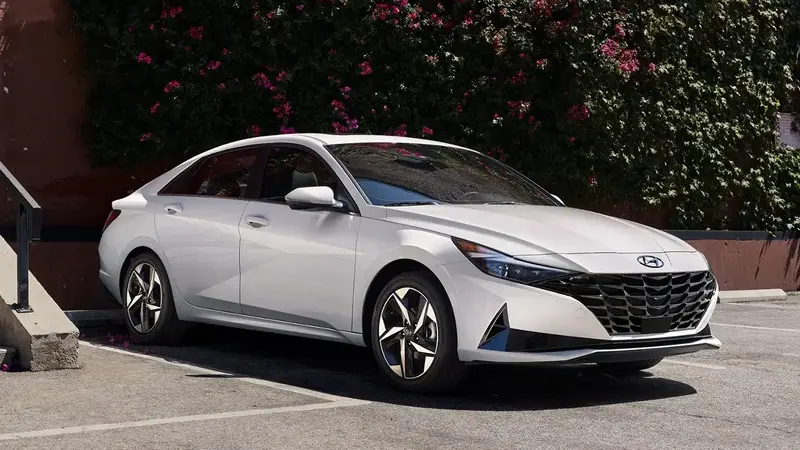
When it comes to reducing heat absorption, white emerges as the undisputed champion. Scientific studies repeatedly prove this point.
A white car can be up to 15% cooler than a black one parked in the same spot under the blazing sun. That substantial difference could mean a more comfortable ride for you.
Silver & Light Gray
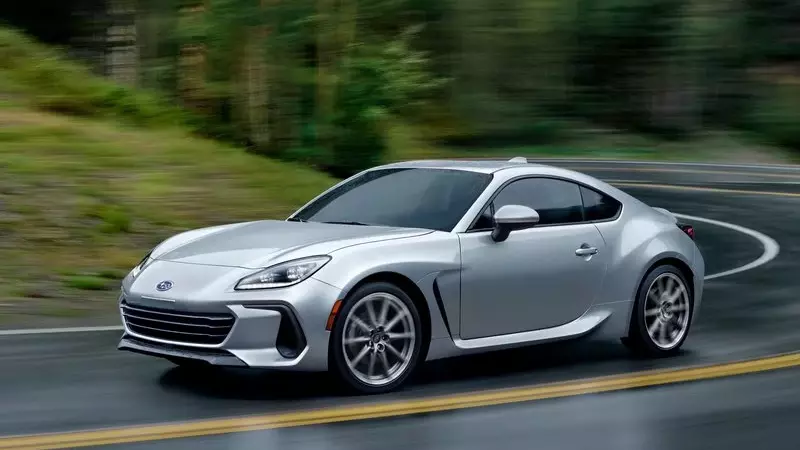
Silver and light gray cars follow closely behind white. They reflect a decent amount of sunlight, ensuring the interior doesn’t heat up as dramatically as in a darker car.
While not as efficient as white in reflecting heat, these colors offer a balanced middle ground.
They remain relatively cool while also not revealing dirt and scratches as easily.
Light Color (Light Green, Yellow, Sky Blue)
Bright colors generally have heat-rejecting capabilities similar to silver and light gray. However, caution is still necessary because choosing an inappropriate color can increase heat absorption.
For instance, consider dark blue, a sophisticated and widely popular color. Despite its appeal, dark blue similarly absorbs heat to black. Light blue, or what we call ‘Sky Blue, performs much better regarding heat reflection. Both shades fall under ‘blue,’ yet they exhibit significant differences in heat absorption properties.
Does Interior Color Affect Temperature?
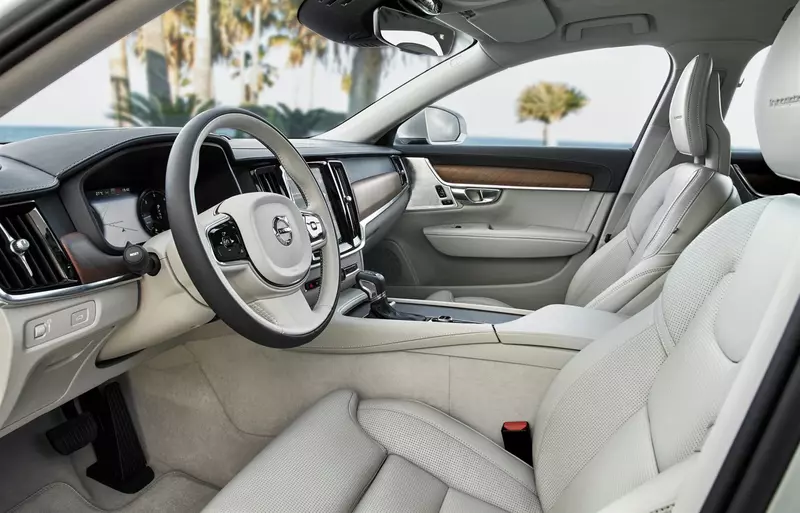
So far, I’ve placed a considerable focus on car exteriors, but what’s on the inside matters, particularly when it comes to managing heat.
The fact is, Interior colors and materials play a pivotal role in your vehicle’s overall comfort and temperature.
Picture the inside of a car with black leather seats on a hot day. Yes, it looks luxurious and feels plush, but sit on it after the car’s been basking in the sun, and you might wish you had chosen a different material.
Dark leather seats, much like the exterior of a car, absorb more heat, making them hotter to the touch.
On the contrary, lighter-colored interiors, especially beige or light gray ones, are more tolerant. They reflect more sunlight, preventing the interior from quickly becoming too hot.
Cloth seats, while perhaps less glamorous than their leather counterparts, are also less likely to become scorching hot.
Despite the benefits of lighter interiors, it’s not a clear-cut decision. Darker interiors, particularly black or dark gray, are better at hiding stains, spills, and wear and tear. They might demand a hotter seat on a sunny day but also call for less frequent deep cleaning.
In general, the car’s interior color influences the interior temperature. However, the type of seat material and design play more crucial roles in heat management.
For instance, interiors with cloth materials tend to manage heat better. This material doesn’t retain heat, allowing it to cool quickly once the air conditioning is turned on. While cloth seats may not be ideal in terms of cleanliness – they stain easily and can be difficult to clean – they outperform leather seats regarding heat retention.
Leather seats, on the other hand, are typically easy to clean and more resistant to staining, but they perform poorly in terms of heat management.
The design of the seats also significantly influences the interior temperature. Many modern cars feature ventilated seats to enhance air circulation and reduce heat. Some even offer cooled seats with an in-built cooling feature to increase comfort.
Other Factors Affecting Car Heat Management
While your car’s color (exterior and interior) plays a pivotal role in heat management, it’s far from the only factor. Several other strategies and features can help keep your car cooler under the sweltering sun.
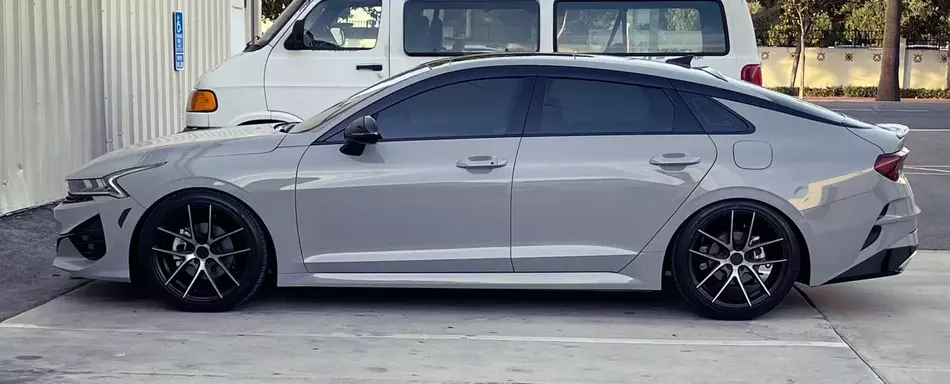
One of these features is window tinting. Tinted windows can block a significant amount of sunlight, reducing the heat gain inside your car. However, be mindful of the regulations in your state regarding the extent of window tinting allowed, as it varies widely.
Covering your dashboard with a reflective sunshade when you park can also make a substantial difference. Sunshades reflect sunlight away from your car, preventing the dashboard and steering wheel from absorbing heat and protecting your car’s interior from the damaging effects of direct sunlight.
Parking in the shade whenever possible is another simple but effective strategy. Even under a tree or a small shadow can reduce your car’s direct sunlight, keeping the interior cooler.
The use of air conditioning is almost a given, but did you know how you use it can affect its efficiency? Experts suggest that when you first enter a hot car, lower the windows for a few minutes to let the hot air out before blasting the AC. This practice can help the car cool down faster.
Remember, the color of your car can help manage heat, but it can’t do all the work alone. Combining it with these other strategies can make a difference in maintaining a comfortable temperature in your car during those scorching summer months.
Effect of Car Color, Heat and Performance
As mentioned previously, the color of your car can indirectly affect engine performance, reliability, and fuel efficiency.
It’s well-known that specific car colors can absorb heat, often necessitating the air conditioning to be set at its coldest setting. This is where the link between car color and engine performance comes in.
When the air conditioning is used, the engine is forced to work a bit harder, which can be observed in the elevated RPM levels when the air conditioning is turned on. This additional workload on the engine inevitably leads to diminished performance, with noticeable reductions in acceleration and responsiveness.

Moreover, the higher RPM levels also affect fuel consumption, causing it to increase.
Lastly, when the interior of a car remains hot throughout the day, the air conditioning system is forced to run continuously. This can shorten the air conditioning system’s lifespan and lead to more frequent maintenance requirements.
Conclusion
Choosing the right car color is crucial in hot climates, with white being the champion in reflecting sunlight and, thus, heat. Lighter shades, like silver or light gray, follow suit, while darker hues absorb more heat.
But remember, color isn’t everything. Interior materials, window tinting, sunshades, strategic parking, and smart AC use all play roles in managing heat.
When choosing your car’s exterior and interior colors, consider your specific needs, whether it’s comfort, aesthetics, or maintenance, and balance them with other heat management strategies for the most comfortable ride.

